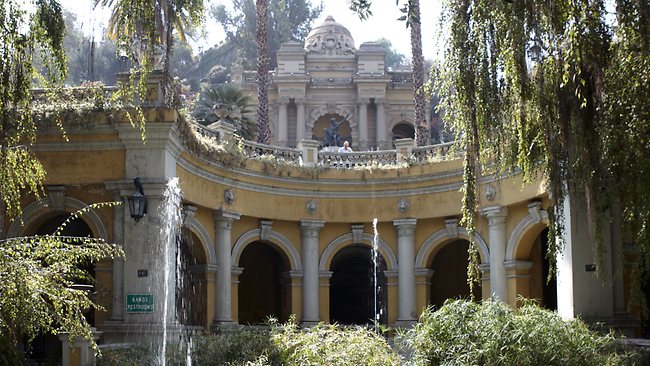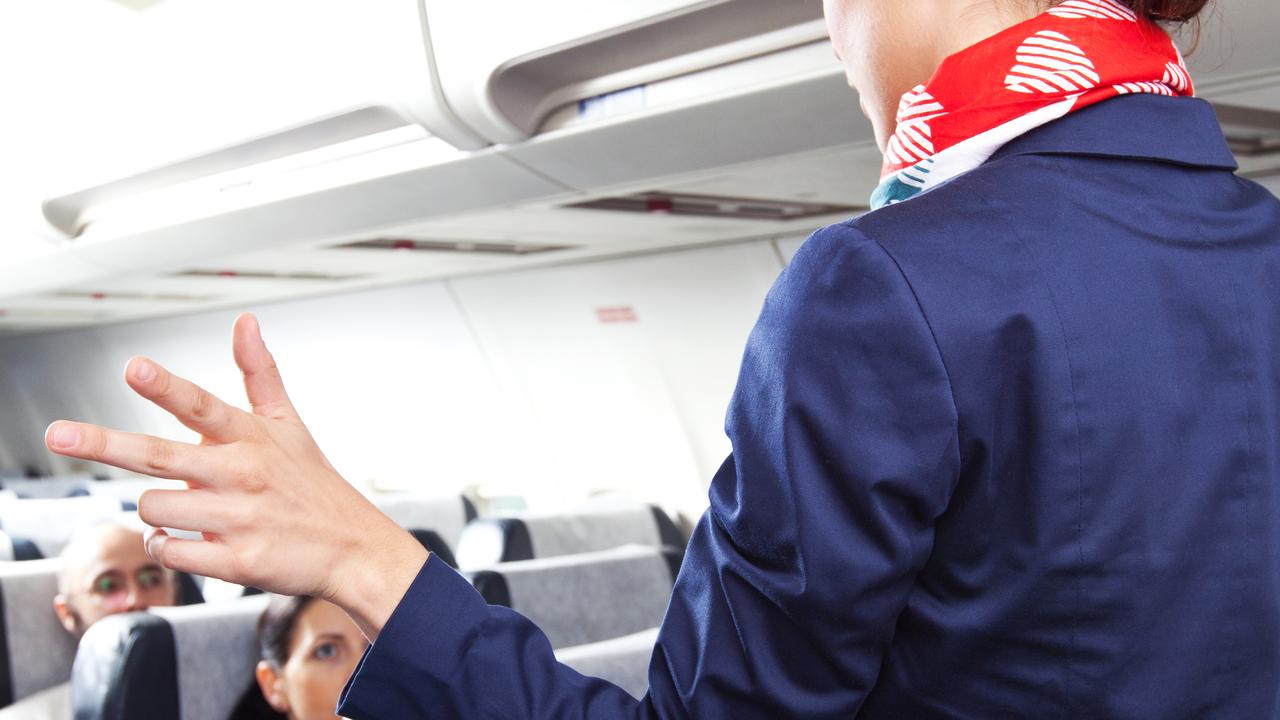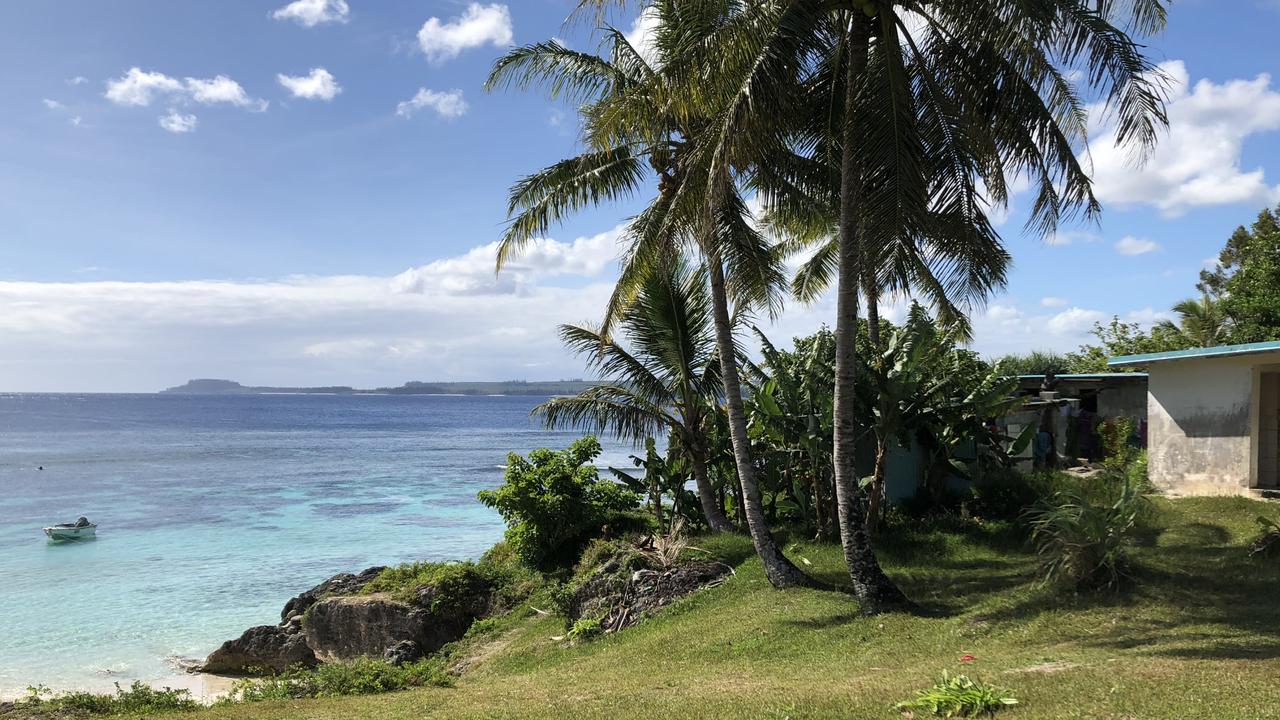A Santiago siesta will revive your spirits
SANTIAGO is a great destination for independent travellers as it's a city on the move, writes Christina Pfeiffer.

THE streets of Chile's capital are clean and relatively safe. Its historic city centre is easy to navigate on foot and Chilean cuisine is easy on the Aussie palate.
Santiago is shaking off its staid image and in recent times, modern museums, smart hotels and restaurants are transforming the city into a more vibrant destination. Here's how to spend 48 hours. Day one 10am: Trendy Barrio Lastarria is a leafy neighbourhood with boutique hotels and apartment-style accommodation within walking distance of a growing hub of cafes and bars. Grab a table at Sur Patagonia - where waiters speak fluent English - and watch the world walk past. New places worth coming back for include Mulato, for a Chilean lunch, and Boca Nariz wine bar, which buzzes with action in the evenings. 11am: Walk along Bernardo O'Higgins Ave to Cerro Santa Lucia, a hill with landscaped gardens, meandering paths and Romanesque water fountains. Climbing to the top of the hill is worth the effort for the city view. 12.30pm: Continue along Bernardo O'Higgins Ave (or take the subway from the station across the road) and wander along the pedestrian-only Paseo Ahumada - past local vendors, artists and cafes - to Plaza de Armas. Surrounded by colonial buildings, the plaza is the place to people-watch over a cappuccino in an al-fresco cafe. Look inside the Metropolitana Cathedral for its magnificent baroque-painted ceiling frescos, statues, altars and pillars. 2.30pm: Visit the presidential palace La Moneda, which was rebuilt after a 1973 military coup that plunged the country into a 17-year dictatorship under General Augusto Pinochet. Chile has had its fair share of colourful leaders, including the country's first president, Bernardo O'Higgins, who came to office in 1818 even though he had the dubious honour of being the illegitimate son of the Irish viceroy to Peru. 4pm: Take the subway to Barrio Bellavista and visit La Chascona (192 Fernando Marquez de la Plata, Barrio Bellavista), which is a house where Nobel Prize-winning poet Pablo Neruda once resided. It's now a museum about Neruda's life, with displays including a quirky collection of glassware, ceramics, books, coins and Russian dolls owned by him. 5pm: La Chascona is at the foot of Cerro San Cristobal (Parque Metropolitana de Santiago, Mesa Central), a 300m peak crowned by a statue of the Virgin Mary. Ride the 1925 Bellavista Funicular railway to the top for views of the Andes and the city. 6.30pm: Head back to your hotel for a siesta before dinner. Chileans prefer to dine late and restaurants don't come alive until after 9pm. A great way to soak up the local atmosphere is to stay in a boutique hotel, such as Lastarria Boutique Hotel (Coronel Santiago Bueras 188, Barrio Lastarria; rooms from $US180 or $A175 a double). The elegantly refurbished 1927 building is within walking distance of the main sights and has a pool. If you're on a budget, Mediano Sur Petit Hotel (Sta. Beatriz 256, Providencia; rooms from $US120 a double) has cosy rooms and is near a metro station. 9pm: For dinner, you can't go wrong at Liguria, a Santiago institution with a bohemian atmosphere and great food. On the menu are hearty Chilean favourites such as steaks, smoked short ribs and Chilean stuffed pork. Liguria has three branches in Santiago, including Liguria Manuel Montt (Av Providencia 1373, Providencia) - a short walk from Mediano Sur Petit Hotel. Day two 10am: Take the subway to Bella Artes and wander around the neighbourhood's coffee shops, bars and galleries. The city's fine arts museum, Museo Nacional de Bellas Artes (Parque Forestal, Casilla), is in a neo-classical building that dates back to 1910. It features extensive displays of excellent works by Chilean and international artists. 1pm: Around Santiago, there's little sign of the damage done by the 2010 earthquake, which measured 8.8 on the Richter scale. However, in Barrio Bellavista there are plenty of restaurants, cafes and bars that can whip up a "terremoto" or "earthquake", a drink made from a blend of pipeno (a local wine) and pineapple ice cream. 3.30pm: Fashionistas should take the subway to Museo de la Moda (Avda. Vitacura 4563, Vitacura), which is a privately financed fashion museum housed in a revamped 1960s mansion. It's one of the city's newest and has a massive 10,000-piece collection of couture and memorabilia. Among items featured are a light-blue jacket worn in 1966 by John Lennon and a black strapless gown worn in 1981 by Princess Diana. 6pm: There's plenty of time in the afternoon for a siesta before heading back to Barrio Bellavista for an evening of fun. 9.30pm: Patio Bellavista is a complex that houses a range of dining choices. Try Barandarian for traditional Peruvian or La Casa en el Aire for Colombian delights. After dinner, follow the crowd to Bar Constitucion, where Chilean bands play grunge rock and the DJs have the crowd grooving until the wee hours. The writer travelled with the assistance of Turismo Chile. Go2 - SANTIAGO Getting there: Qantas has direct flights from Sydney to Santiago. LAN Airlines flies to Santiago (via Auckland). Australian passport holders are not required to have a visa but must pay a reciprocal fee of $US95 upon arrival. A taxi from the airport costs 18,000 pesos (about $35) at the official taxi stand. Getting around Santiago has a modern subway that is cheap and easy to use. The city is relatively safe but be aware of potential pickpockets who often work in teams. Day trips If you have more time: 1. Horse riding in Cajon del Maipo (Maipo canyon) offers spectacular views of the Andes. Several lodges offer horseback riding, fly fishing and nature walks. 2. There are several ski fields close enough to Santiago to visit as a day trip. An example is El Colorado. For more see skitotal.cl. 3. Casablanca, San Antonio and Colchagua Valleys are excellent wine regions where you can taste wine and meet the winemakers. "Like" Escape.com.au on Facebook Follow @Escape_team on Twitter



